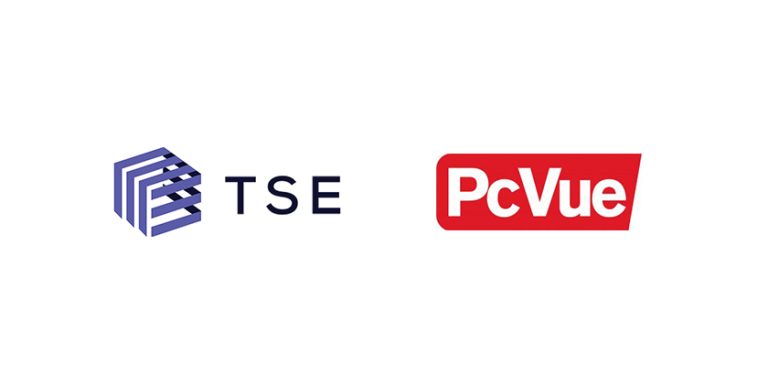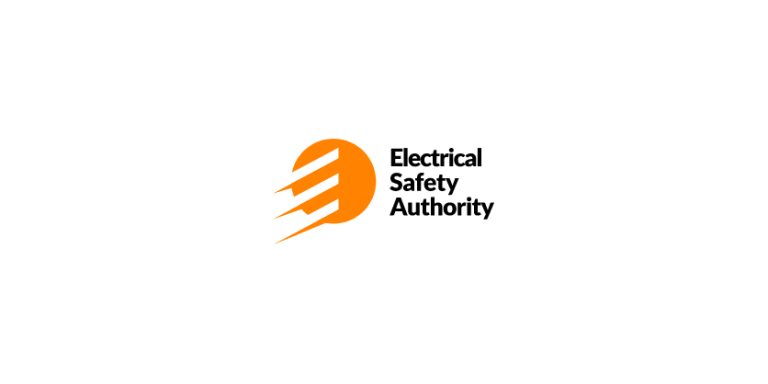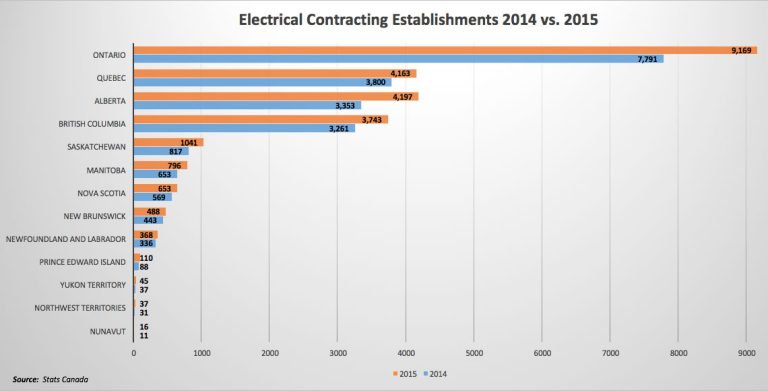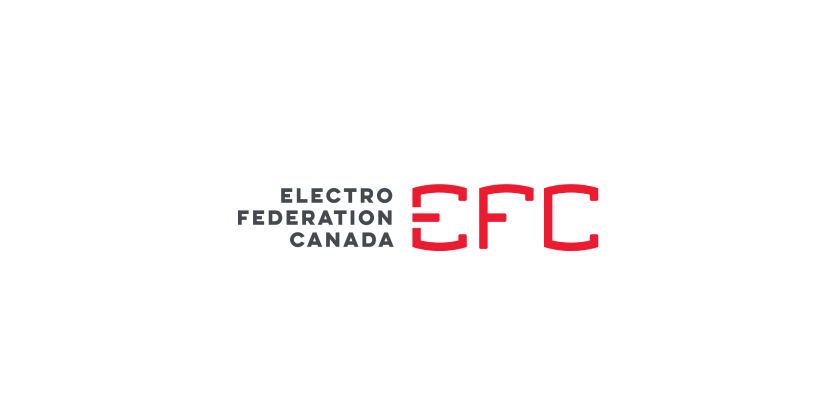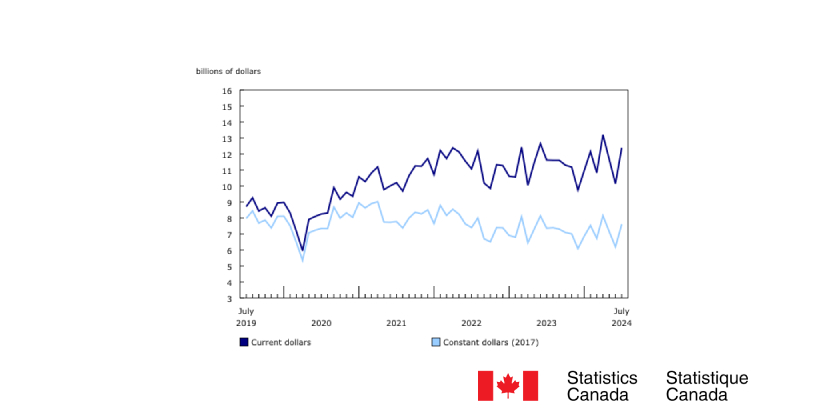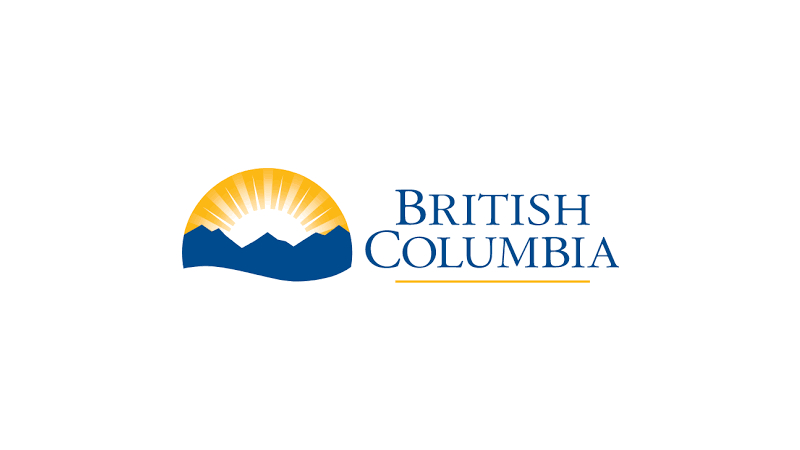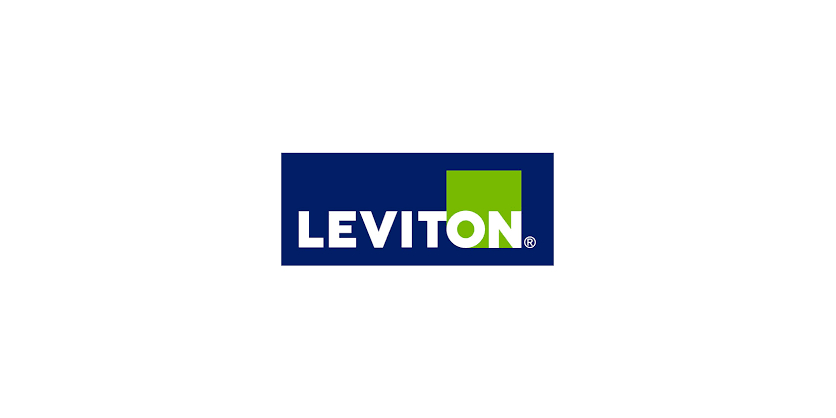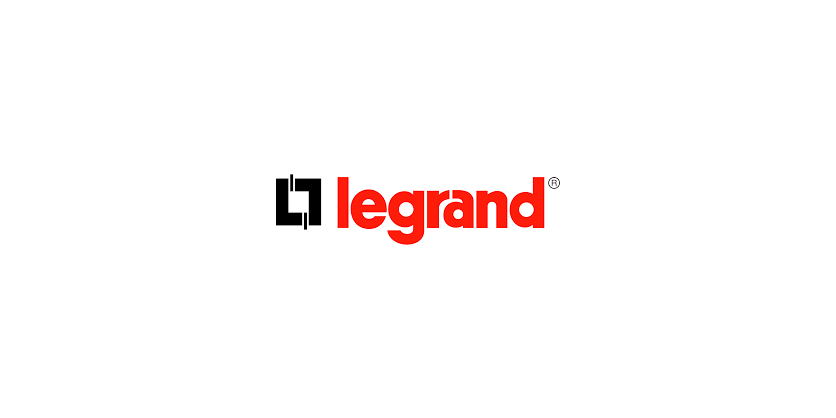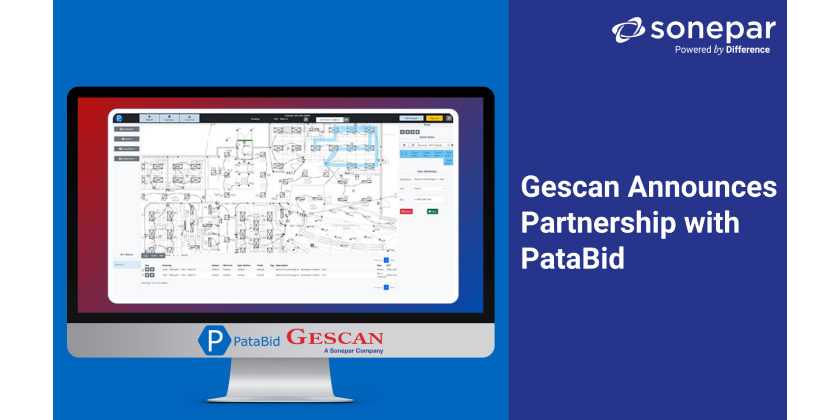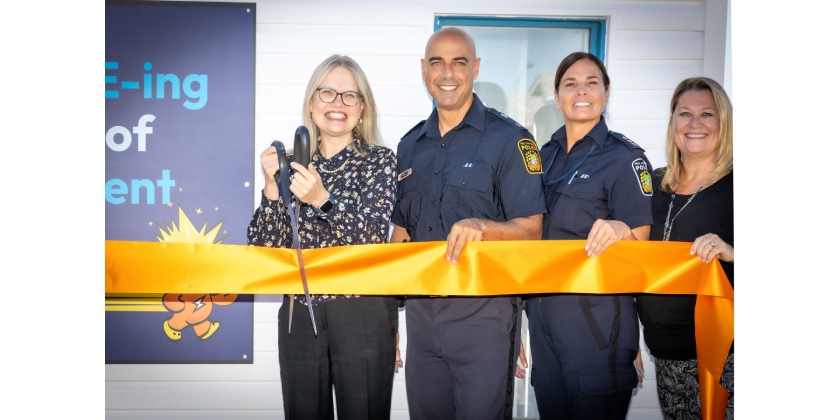Guide to the Canadian Electrical Code, Part I — Instalment 18
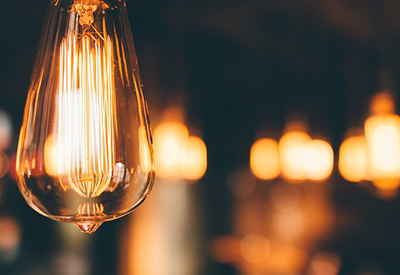
October 6, 2016
In this article: Section 30 – Installation of Lighting Equipment. The code is a comprehensive document. Sometimes it can seem quite daunting to quickly find the information you need. This series of articles provides a guide to help users find their way through this critical document. The series is not intended to replace the notes in Appendix B or the explanations of individual requirements contained in the CEC Handbook, but will hopefully provide some help in navigating the code.
Section 30, as outlined in rule 30-000 Scope, is a supplementary or amendatory section of the code and provides additional and specific requirements for the location, installation, wiring, protection, and control of all lighting equipment. Appendix B contains important additional helpful notes and the CEC Handbook contains helpful information on determining conductor sizes and protection ratings.
Rule 30-002 – Special terminology, has definitions for terms specifically used in this section for specific types of lighting:
- Cabinet lighting systems, undercabinet lighting systems and landscape lighting systems are complete extra-low-voltage lighting assemblies that are packaged by the manufacturer and which include installation instructions.
- Cable lighting systems are extra-low-voltage lighting systems with bare secondary conductors for one or more luminaire heads, commonly referred to as trapeze lighting.
- Recessed luminaires, Type IC, Inherently protected, Non-IC, and Non-IC with marked spacing are luminaires intended to be wholly or partially recessed in a ceiling or surface and are either intended to be in contact with insulation, not in contact with insulation, in contact with insulation but inherently thermal protected, or not in contact with specifically marked spacing.
General
Rules 30-100 to 30-110 cover general requirements for the installation and wiring of luminaires, lampholders, incandescent filament lamps, electric discharge lamps and associated electrical equipment.
Rule 30-102 requires that branch circuits for luminaires, etc. be limited to a nominal system voltage of 347/600volts and 150 volts-to-ground in dwelling units.
Rule 30-104 requires that the rating of protection of luminaires be based on the voltage involved, whether in a dwelling unit or non-dwelling unit, and type and arrangement of the luminaire as per sub rules (a) to (d).
Rule 30-106 requires that the overcurrent device for high-intensity discharge lighting equipment shall not be included in the luminaire or ballast box unless the combination is so marked.
Rule 30-108 requires that, except for cases of line-to-line voltage, luminaires shall be polarized so that the identified conductor is attached to the identified terminal.
Rule 30-110 requires the non-current carrying metal parts of luminaires to be bonded to ground as per the rules of Section 10.
Location of lighting equipment
Rule 30-200 provides requirements for luminaires when installed near or over combustible material.
Rule 30-202 outlines the requirements for luminaires installed in show windows.
Rule 30-204 gives restrictions on the location of luminaires installed in, and prohibits the installation of some types of luminaires in clothes closets.
Installation of lighting equipment
Rules 30-300 to 30-308 provide requirements for the installation of all lighting equipment. These rules cover such areas as preventing exposure of live parts, proper supporting of luminaires, providing covers for associated outlet boxes, providing adequate wiring space for conductors and connections and preventing temperatures exceeding conductor ratings.
Rules 30-308 to 30-310 provide requirements for circuit connections and for the insulation of conductors when the luminaire is used as a raceway.
Rules 30-312 to 314 provide requirements governing the installation of luminaires with combustible shades and enclosures and protection of luminaires below a minimum height. (Note that these requirements reflect requirements in the National Building Code as referenced in Appendix G.)
Rules 30-316 to 30-322 provide requirements for luminaires installed in damp or wet locations, lighting equipment in damp locations near grounded metal, where exposed to flying objects, and for totally enclosed gasketted luminaires.
Wiring of lighting equipment
Rules 30-400 to 30-412 provide requirements for wiring of all lighting equipment. They cover wiring of luminaires, colour coding of conductors, conductor insulation, exposed wiring on suspended luminaires, wiring of ceiling outlet boxes, wiring of show window luminaires and the use of tap connection conductors.
Luminaires in buildings of residential occupancy
Rules 30-500 to 30-510 provide specific requirements and locations for lighting equipment installed in any and all residential occupancies. These rules specify the location of lighting equipment at entrances, in dwelling units, stairways, basements, storage rooms, garages and carports. (Note that these requirements reflect requirements in the National Building Code as referenced in Appendix G.)
Lampholders
Rules 30-600 to 30-608 are the requirements for the installation of lampholders. These rules cover the connection of the identified conductor to lampholders, switched lampholders used on an unidentified circuit, luminaires with pull-type switch mechanisms, lampholders in wet or damp locations, and pendant lampholders.
Electric-discharge lighting systems operating at 1000 V or less
Rules 30-702 to 30-712 provide the requirements for the non-use of oil-filled transformers, installation on DC circuits, voltages in dwelling units, installation of auxiliary equipment such as reactors, capacitors, and resistors, control of luminaires, and branch circuit capacity.
Electric-discharge lighting systems operating at more than 1000 V
Rules 30-802 to 30-822 cover prohibition of equipment with voltage of more than 1000 volts in dwelling units, installation of lighting system control, transformer ratings, prohibition of liquid –filled transformers except for non=flammable liquids, secondary connection of transformers, location of transformers, wiring methods, transformer loading, lamp supports, lamp terminals and lampholders, and marking.
Recessed luminaires
Rules 30-902 to 30-908 provide the requirements for the installation and spacing of various types of IC, non-IC and designed-for-non-combustible-surfaces luminaires recessed in cavities in ceilings or walls.
Rule 30-910 provides requirements for the wiring of recessed luminaires.
Permanent outdoor floodlighting installations
Rule 30-1000 specifies that the requirements of this part are for installation of permanent outdoor floodlighting installations mounted on poles or towers and with the understanding that, except for changing of lamps, all maintenance is done by qualified persons.
Rules 30-1002 to 30-1014 cover service equipment, underground wiring methods, wiring methods on poles, disconnecting means at poles, overcurrent protection of pole-top branch circuits, branch circuit wiring, and joints.
Rules 30-1016 and 30-1020 are requirements for the location and overcurrent protection of transformers.
Rule 30-1020 covers the switching requirements for floodlights.
Rules 30-1022 to 30-1032 cover the grounding and bonding of outdoor floodlight installations.
Rules 30-1034 and 30-1036 covers types of equipment permitted and climbing steps on poles.
Exposed wiring for permanent outdoor lighting
Rules 30-1100 to 30-1120 provide the requirements for the installation of exposed wiring for permanent outdoor lighting other than floodlighting where the circuits are run between buildings or poles. These rules cover conductor types, use of insulators, height of conductors, spacing from combustible material, spacing of conductors, lampholders, protection of lampholders, use and construction of messenger cables, and branch circuit loading and protection.
Extra-low-voltage lighting systems
Rules 30-1200 to 30-1208 are the requirements for extra-low-voltage lighting systems and provide guidelines for sources of supply and the installation of landscape, cable and cabinet and undercabinet lighting systems.
In the next instalment, we will be discussing Section 32 – Fire Alarm Systems, Fire Pumps, and Carbon Monoxide Alarms.
* The source for this series of articles is the Canadian Electrical Code, Part I, published by CSA
William (Bill) Burr is the former Chair of the Canadian Advisory Council on Electrical Safety (CACES), former Director of Electrical and Elevator Safety for the Province of BC, and former Director of Electrical and Gas Standards Development and former Director of Conformity Assessment at CSA Group. Bill can be reached at Burr and Associates Consulting billburr@gmail.com.



